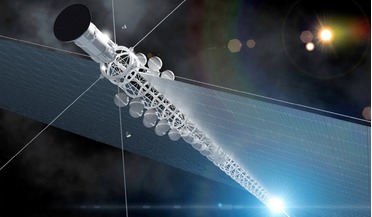 August 2018
Flying to the stars
August 2018
Flying to the stars
... an antiproton with a proton. Antimatter reactions are the most energetic reactions we know. In order to harness antimatter for interstellar propulsion, at least two concepts have been proposed. One is a pure antimatter drive where the particles that...
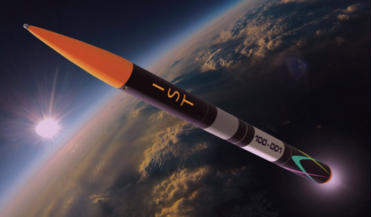 06 May 2019
Japan's first private rocket launches successfully
06 May 2019
Japan's first private rocket launches successfully
... Earth, making it the first commercially developed Japanese rocket to reach orbit. Established in 2013 by a former internet maverick, Interstellar Technology Inc. said the unmanned rocket reached orbit after taking off from the company's test...
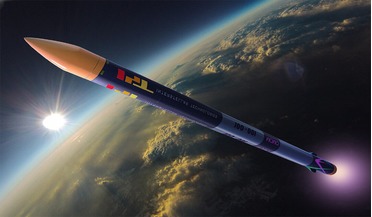 28 July 2017
Japan's first privately developed rocket launches tomorrow
28 July 2017
Japan's first privately developed rocket launches tomorrow
... as it looks to make its mark on the industry. This sentiment was echoed by Takahiro Inagawa, chief executive officer of Interstellar Technologies, who told a press conference in Tokyo that the launch will mark a "major milestone" in the shift...
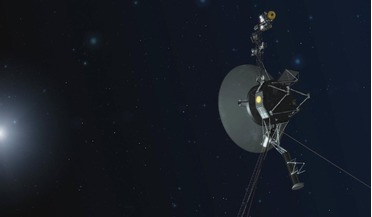 01 November 2017
Voyager 1 spies unexpected light at the outer edges of the Solar System
01 November 2017
Voyager 1 spies unexpected light at the outer edges of the Solar System
... spacecraft extended their mission to study the region of interaction between the solar wind (SW) and the local interstellar medium (LISM); an area which is also known as the heliospheric interface. The first boundary of the heliospheric interface...
 04 April 2016
Astronomers have for the first time found gas-phase ammonia in a protoplanetary disc
04 April 2016
Astronomers have for the first time found gas-phase ammonia in a protoplanetary disc
...compared to water, which is the most abundant volatile in interstellar ices and cometary ices, is around 5 per cent. ... ratios used to determine the formation temperature of ice on cold interstellar dust – can be taken as evidence that the Cm model...
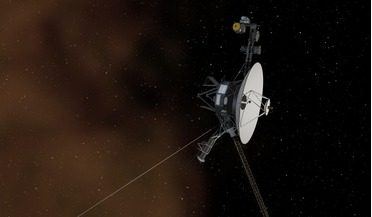 04 December 2017
After 37 years, Voyager 1 fires up dormant thrusters
04 December 2017
After 37 years, Voyager 1 fires up dormant thrusters
...feat considering the frigid and hostile environment of interstellar space where the spacecraft is currently located. ... the potential for obtaining useful interplanetary, and possibly interstellar, fields, particles, and waves science data until around...